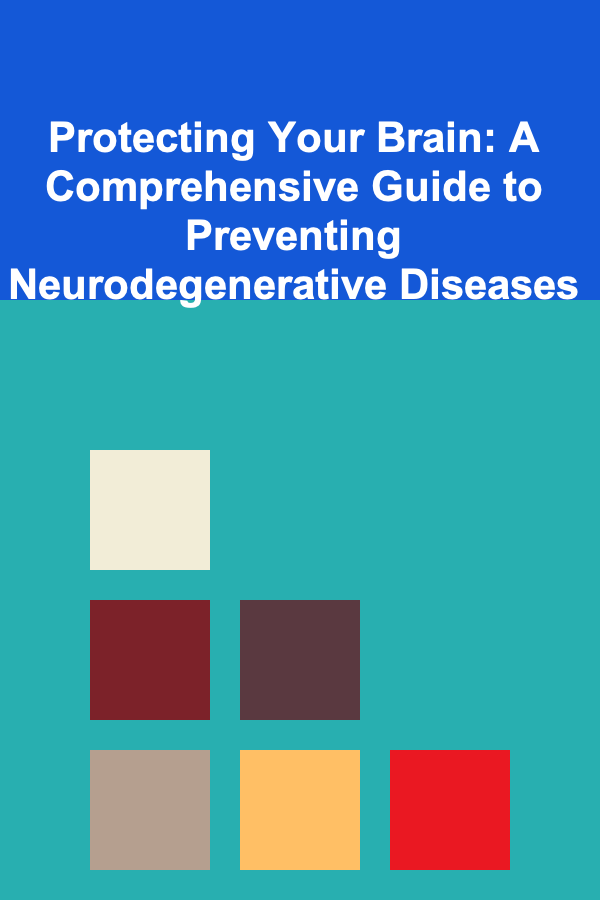
10 Tips for Attracting Butterflies to Your Garden
ebook include PDF & Audio bundle (Micro Guide)
$12.99$7.99
Limited Time Offer! Order within the next:
Not available at this time

Butterflies are a beautiful and beneficial addition to any garden. They not only add color and movement but also play a crucial role in pollination, contributing to the health and biodiversity of your garden. Attracting butterflies to your garden is not just about creating a visual spectacle, but also about supporting the ecosystem by providing food and shelter to these delicate creatures. With the right approach, you can transform your garden into a butterfly haven.
In this article, we will explore ten essential tips for attracting butterflies to your garden. These tips will help you create an environment that is both butterfly-friendly and sustainable.
Plant a Variety of Nectar-Rich Flowers
Butterflies are primarily attracted to flowers for nectar, which serves as their main food source. To attract a wide variety of butterflies, it is important to plant a range of nectar-rich flowers. Different species of butterflies have preferences for specific types of flowers, so planting a variety of colors, shapes, and sizes will attract a diverse group of butterflies.
Best Flowers for Butterflies
- Purple coneflowers (Echinacea purpurea)
- Milkweed (Asclepias)
- Lantana
- Bee balm (Monarda)
- Black-eyed Susan (Rudbeckia hirta)
- Butterfly bush (Buddleja davidii)
- Zinnias
- Lavender
Choose flowers that bloom at different times of the year to ensure that nectar is available throughout the seasons. Planting in clusters can make the flowers more visible and attractive to butterflies.
Provide Host Plants for Caterpillars
While adult butterflies feed on nectar, their larvae (caterpillars) need specific plants to eat and grow. These plants are called host plants, and they are critical to the butterfly life cycle. Without the proper host plants, butterflies will not be able to lay their eggs, and the caterpillars won't have a suitable food source.
Popular Host Plants
- Milkweed for Monarch butterflies
- Parsley, dill, and fennel for Black Swallowtail butterflies
- Aster for several types of butterflies
- Nettle for Peacock and Red Admiral butterflies
By planting these host plants in your garden, you provide the necessary habitat for caterpillars to develop, which will increase the likelihood of butterflies returning to your garden year after year.
Create a Sunny Spot
Butterflies are cold-blooded insects, which means they rely on external heat sources to regulate their body temperature. To make your garden more attractive to butterflies, create a sunny spot where they can bask in the warmth. This can be achieved by placing flat stones or shallow dishes in areas that receive plenty of sunlight.
These spots provide butterflies with a place to rest and warm up, which is essential for their activity and feeding. A sunbathing area also allows butterflies to rest after feeding, enabling them to take advantage of the warmth when needed.
Offer Fresh Water
Like all living creatures, butterflies need access to fresh water. While they can get moisture from the nectar of flowers, they also need water for hydration and for drinking in larger quantities. To provide water, consider installing a shallow birdbath, a small pond, or a puddling area.
Creating a Puddling Area
To attract butterflies specifically, you can create a puddling area by filling a shallow dish with sand and water. Butterflies are attracted to moist, muddy areas where they can drink and obtain minerals from the soil. You can also add a few rocks to provide perches.
Use Native Plants
Native plants are naturally adapted to the local environment and are an essential part of a butterfly-friendly garden. They provide the best food sources and habitats for butterflies and their larvae. Native plants attract local species of butterflies and are more likely to thrive in your garden with less maintenance and care.
When selecting native plants, research which species are native to your area and which butterflies they attract. Some native plants may be particularly beneficial for specific butterfly species that are well-suited to your region.
Avoid Pesticides and Chemicals
Pesticides and chemicals can be harmful to butterflies and other beneficial insects. These substances can kill caterpillars, eggs, and adult butterflies, as well as disrupt the ecosystem. To create a safe haven for butterflies, avoid using chemical pesticides, herbicides, and fertilizers in your garden.
Instead, consider using natural pest control methods such as introducing beneficial insects like ladybugs and predatory beetles. You can also use organic gardening techniques to keep pests under control, such as introducing companion plants that repel harmful insects.
Add Shelter and Refuge
Butterflies need shelter from the wind, rain, and predators. By creating sheltered areas in your garden, you can provide butterflies with a safe place to rest and hide. Shrubs, tall grasses, and trees offer natural refuge and can help create a more diverse environment.
You can also build butterfly houses or shelters using natural materials like bamboo, wood, or hollow stems. These structures provide butterflies with a place to rest during harsh weather or nighttime.
Provide a Variety of Colors
Butterflies are attracted to flowers of all colors, but some butterflies are more attracted to specific colors. For example, Monarch butterflies prefer orange, yellow, and red flowers, while Swallowtails are drawn to purple and blue hues. To increase the chances of attracting a variety of butterflies, plant flowers in a wide array of colors.
By combining a range of hues, from bold reds and oranges to softer pinks and blues, you create a visually stimulating environment that appeals to different species of butterflies.
Incorporate Vertical Elements
Butterflies are highly attracted to vertical elements in the garden, such as trellises, fences, and climbing plants. These structures provide not only shelter but also additional feeding opportunities for butterflies. For example, climbing vines like clematis or honeysuckle can offer both nectar and a vertical structure for butterflies to explore.
By adding vertical elements, you increase the diversity of your garden and create more space for butterflies to feed and rest. This can also help maximize the use of smaller garden areas by utilizing vertical space for plants.
Be Patient and Allow Natural Growth
Attracting butterflies to your garden takes time. It's important to be patient and allow your garden to develop naturally. Some plants may take time to establish themselves, and it may take a few seasons for butterflies to discover your garden and start laying eggs.
During this process, continue to care for your plants, avoid using chemicals, and keep the garden accessible and friendly to wildlife. Over time, as your garden matures, it will become a thriving habitat for butterflies, and you'll see the rewards of your efforts.
Conclusion
Attracting butterflies to your garden is a rewarding and environmentally beneficial endeavor. By following these ten tips, you can create a butterfly-friendly oasis that provides food, shelter, and safety for these beautiful insects. From planting nectar-rich flowers to creating sheltered spots for basking, each action you take will contribute to the health and well-being of butterflies in your area.
Remember that butterflies are not only a visual delight but also a crucial part of the ecosystem, playing a vital role in pollination. By taking the time to cultivate a butterfly-friendly garden, you are making an important contribution to local biodiversity and helping ensure that future generations will continue to enjoy these fascinating creatures.

How to Start Saving for Retirement in Your 20s
Read More
How to Use Budget-Friendly Rugs to Tie a Room Together
Read More
How To Deal with Toxic Work Environments
Read More
Protecting Your Brain: A Comprehensive Guide to Preventing Neurodegenerative Diseases
Read More
How to Critique Acting Performances Effectively
Read More
How to Build a Decision-Making Planner for Relationship Choices
Read MoreOther Products

How to Start Saving for Retirement in Your 20s
Read More
How to Use Budget-Friendly Rugs to Tie a Room Together
Read More
How To Deal with Toxic Work Environments
Read More
Protecting Your Brain: A Comprehensive Guide to Preventing Neurodegenerative Diseases
Read More
How to Critique Acting Performances Effectively
Read More